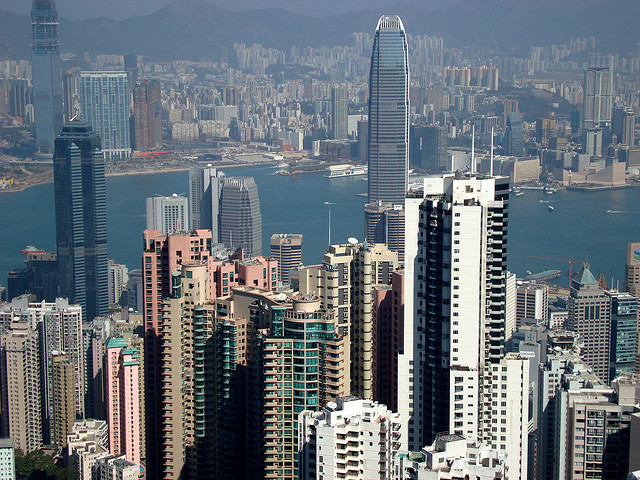The Asian Miracle is showing some slippage, but many less-developed countries there still offer the best prospects in the world for insurance.
The 20th century has been described as the American Century, with solid justification. From modest beginnings (the U.S. did not have one of the world's 15 largest armies before World War I broke out), the U.S. became a virtual unipolar political and military force by the year 2000. As the world evolves, the 21st century is often referred to in its early years as the Asian Century. With more than 40% of global population and rising economic and military power, it's easy to see why forecasters saw things that way.
In just the second decade of the century, though, the so-called Asian Miracle has show some slippage. A sharp slowdown in economic growth, most visibly in China but experienced region-wide, has prompted a reassessment of Asia's prospects, certainly including prospects for the insurance industry.
Two recent visits to the "Greater China" area have given me some updated insights into the issue. In late January, I spoke at the annual conference of the China Insurance Regulatory Commission and the Insurance Society of China, visiting some major insurers while I was in Beijing. This past week, I spoke at the Asia Insurance CEO Summit in Hong Kong and called on several CEOs there and in Singapore. From both life and non-life perspectives, the comments were basically consistent.
China, the Asia Pacific's economic driver, has been growing at near-double-digit rates over the last few years and has lifted the entire region's GDP growth. Now it is clear that China has overbuilt industrial and residential capacity, saddling its bank with enormous leverage and likely huge loan write-offs. Its slowdown has had a ripple effect throughout the region, and for insurance leaders has forced a reexamination of growth prospects.
For the Asia countries with mature insurance markets, notably Japan, South Korea and Taiwan, and for materials-export-driven Australia, this deceleration has meant a sharp reduction in revenue growth. For the countries with less-developed insurance markets and low insurance penetration, there is still room for optimism. In China, for instance, a reduction to 6% to 6.5% annual economic growth over the next five years, as anticipated in the newly promulgated government Five Year Plan, would still likely produce annual premium growth for the country of around 15%. Double-digit annual volume growth is also likely for most of the ASEAN Union countries, as the combined effect of economic growth and increased insurance penetration occurs.
The key factor, of course, is rising penetration. While the most developed countries of Western Europe and North America tend to have insurance premiums in the range of 8% to 10% of GDP, in most of Asia the figure is less than 3%. In spite of the news headlines about the Asian economic slowdown, whether we are now just experiencing a pause or a long-term slowdown, growth prospects for insurance there are still the best in the world.


